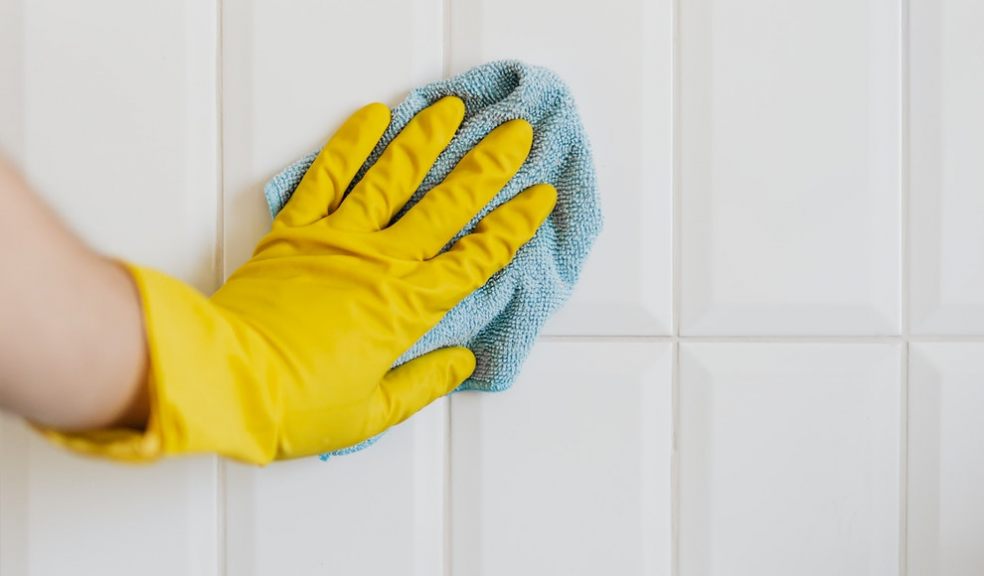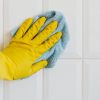
Great DIY methods: How to get rid of mold
Finding mold in your home is always bad news. It is undesirable, unsightly, can potentially ruin your home, and affect your health. It can be a major contributor to disrepair in your home. Black spots on walls, grout lines where your shower is and damp wood all over your property are signs of mold infestation. This problem has to be addressed immediately if you want to keep your home and health in good condition.
DIY tips to get rid of mold
Regularly cleaning your home is one of the best ways to prevent mold. Eliminating or reducing moisture also helps. However, rented homes, particularly those that have been in the market for years, almost always have disrepair issues. So, even if you clean and disinfect every day, mold can still easily get into your home.
It is crucial, therefore, to know how to get rid of mold. You can start by using these DIY methods:
- Use products that are available in your home, like vinegar and baking soda
White vinegar and baking soda can be used for cleaning, disinfecting, and deodorising. Baking soda is an efficient moisture absorber.
Use undiluted vinegar and place it inside a clean spray bottle. Do not add water; doing so will dilute its acidity. Directly spray the vinegar onto the area with mold and let it stay for one hour before wiping the surface with a clean, slightly wet cloth. Let the area dry. The sour smell will go away after several hours.
Removing mold using baking soda follows the same procedure. Put ¼ tablespoon of baking soda in a spray bottle containing water. Shake the bottle until the mix dissolves. Spray the solution on the affected area then scrub it to remove the mold. Using clean water, rinse off any residue on the surface. There may be leftover mold, so spray the area again with the baking soda solution and let it dry. Do not wipe off the solution.
You can also make a 50/50 baking soda and water mix, which results in a pasty solution. Apply the paste to the affected surface and brush off the mold.
- Using hydrogen peroxide
Hydrogen peroxide is a powerful antibacterial, antifungal, and antiviral solution. It is also safe for humans and the environment. If you find mold in your bathroom, kitchen, some wall surfaces, hard flooring, and woven furniture, use hydrogen peroxide.
Again, you’ll need a spray bottle. Make sure your hydrogen peroxide is of 3% concentration. Pour it into the bottle. Add at least two parts of water and shake. Spray the solution onto the mold growth and let it stay there for around 10 minutes. Scrub the area to remove the mold and wipe off any excess using a clean towel.
If you do not have a spray bottle, mix the hydrogen peroxide and water solution in a bowl or any container and soak a towel in it. Directly wipe the area with mold growth and let it sit for 10 minutes. Scrub the affected surface with a brush and wipe off any residue with a clean towel.
- Using essential oils like tea tree oil
Essential oils are typically used for aromatherapy purposes. However, these naturally-made oils have certain properties that are efficient in cleaning and removing mold. One example is tea tree oil, which exhibits natural fungicide cleaning effects, so it removes mold and stops mold spores from forming again.
Mix a cup of water and one teaspoon of tea tree oil in a spray bottle and shake the solution. You can increase the amount of tea tree oil if you want to, especially if the mold in your home is stubborn. Spray it onto the mold infested area and let it dry for one hour. Once the area is dry, wipe it clean with a dry towel or microfiber cloth.
What to do if the mold infestation keeps coming back
The Homes (Fitness for Human Habitation) Act 2018 or HFHHA 2018 implemented in 2019 ensures rented accommodations in England and Wales are fit for human habitation. The Act amends the LTA or Landlord and Tenant Act 1985 sections 8 and 10, which indicates that a home is fit for human habitation if there is no evidence of damp in the property. Damp can cause mold to grow in the affected areas. It gives tenants the legal right to file a housing disrepair claim against their landlord if the appropriate standard isn’t followed.
If the mold infestation in your home has gotten out of hand, get in touch with your landlord right away. Send them a request for repair in writing or via email. They have at least 20 days to comply with your request. If your landlord continues ignoring your repair requests despite the ample time provided, talk to the experts at disrepairclaim.co.uk. They can help you successfully bring a housing disrepair claim against your landlord.

















